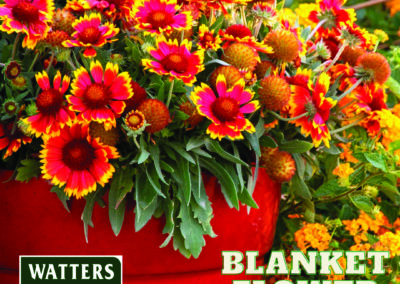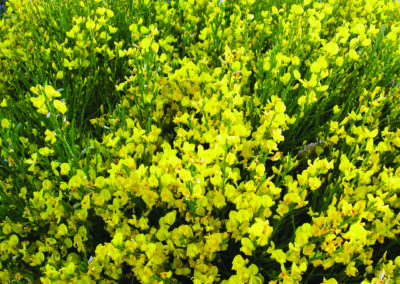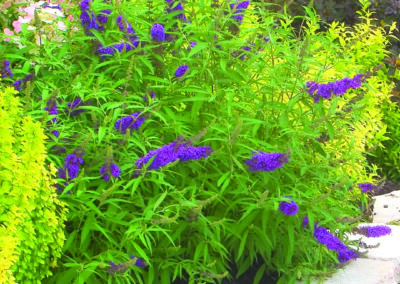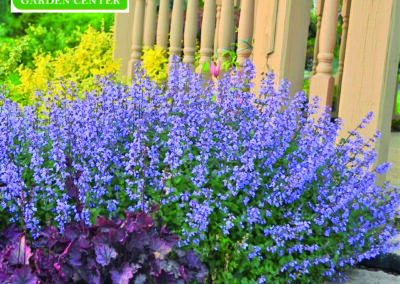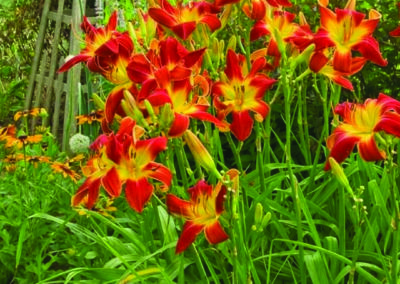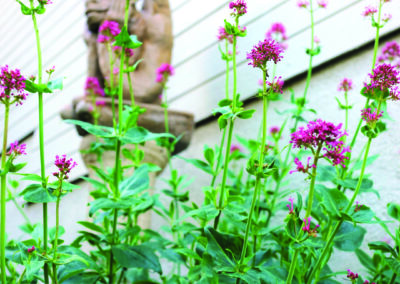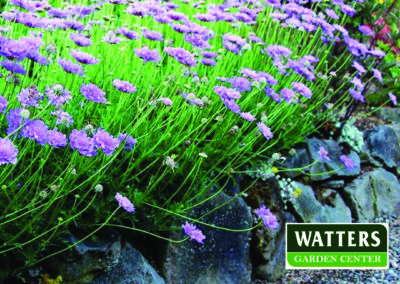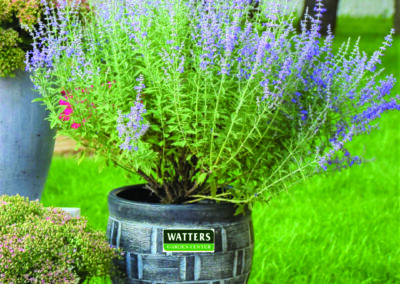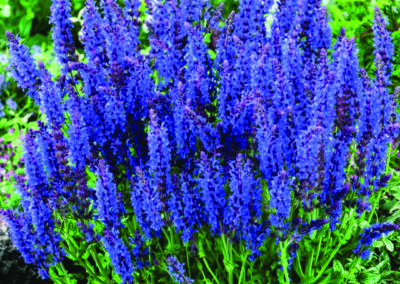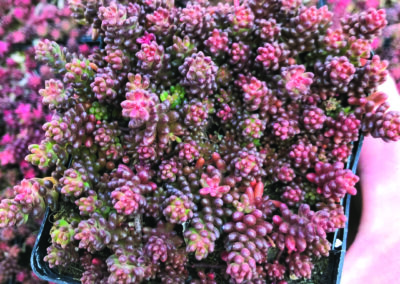Low-Maintenance Plants that are Virtually Impossible to Kill in the Garden
By Lisa Watters-Lain, Arizona’s garden gal
This week, a good friend came into the garden center wanting guidance in planting a new raised bed that wraps around her house. She knew a cottage flower garden was her style but was overwhelmed by where to start. As a fellow entrepreneur, she also felt the reality of caring for delicate plants with her busy schedule, deadlines, and family commitments.
We started by topping off the bed with Watters Potting Soil to add freshness and vigor to the garden. Then, we watered in each plant with Root & Grow to reduce plant stress and encourage fast root growth and more flowers. We then followed up with nutrient-rich 7-4-4 All Purpose Food to promote chubby plants for increased bloom, fragrance, and color. Now that her garden was ready to plant, we started with these Top10Flowers virtually impossible to kill, even for the busiest among us girls.
The top performers virtually impossible to kill are below. You’re going to be happy with any and all of these mountain-hardy bloomers, and spring is the ideal garden season. You might also like my companion article, Perennial Flowers that Show Off for Years.
Blue Hill Meadow Sage. A spectacular perennial with one-foot-tall spikes of pure blue that spreads like wildflowers through the garden. Very happy in hot rock gardens, containers, and naturalized areas. Deer, rabbits, antelope, and javelinas all detest this pretty bloomer.
Bronze Carpet Sedum. This beautiful trailing succulent forms a lush, ground-hugging mat that needs little water once established. Stunning pink flowers rise above the bronze-red foliage. Useful in borders, rock gardens, and containers that contrast green- and gray-leafed plants.
Butterfly Bush. Gardeners who make room for this bloomer in the gardens soon discover this bush is a one-stop buffet for butterflies. The long flower panicles comprise many individual blooms, each with a rich store of nectar. Happy butterflies linger over and around the shrub spring through summer.
Lacy Blue Russian Sage. Plant en masse to add a blue Southwest drift of color to the landscape. This is the perfect alternative to lavender in cottage gardens, along fence lines of pickets or iron. The casual character is suited to wild gardens amidst rock outcroppings and large boulders. Outstanding at edges of dry stream beds with wildflowers. A magnificent container specimen when planted in thick clay pots.
Dwarf Daylily. Stella De Oro daylilies have become a mountain staple. Daylilies have more to offer than the ever-popular Stella De Ore. Astonishing color patterns and flower forms take the available cultivar number into the thousands. Javelina leave this spring beauty alone.
Giga Blue Pincushion Flower. The most giant pincushion flowers found with exquisite violet-blue flowers. The two-inch blooms arise on stiff, upright stems above a small, naturally compact mound of finely cut foliage. Butterflies are naturally drawn to the honey scent.
Jupiter’s Beard or Centranthus. Globular clusters of fragrant, bright, carmine-red flowers complemented by sedum-like foliage of blues and greens. Blooms for longer than most perennials in poor, dry soils, spreading like wild poppy and penstemon.
Spanish Gold Broom. This fast-growing, naturally rounded shrub boasts bright green stems with colorful yellow flowers most of the spring. It thrives in heat, drought, and the abuse of poor garden soils. Excellent for hillside erosion control, as a tall border, or massed with minimal-care or xeric landscape.
Sunset Blanket Flower. Perpetual, vibrant red flowers do not fade in the summer heat. Blooms from late spring right until frost if spent blooms are deadheaded regularly. A showy and easy-to-grow addition to sunny beds, borders, and container plantings.
Walkers Low Catmint. More than just a tiny herb for the cat to frolic in, this variety gained cult status when it was named 2018 Perennial Plant of the Year. Stunning gray foliage complements a natural border. Bees delight in the nectar-rich violet blooms that appear throughout the summer months. Plants grow knee-high but have a prostrate habit that looks attractive at the edge of walls or paths.
There are many perennial choices at Watters Garden Center right now, but this list comprises easy-to-grow varieties. Visit the garden center for more companion plants that thrive in mountain landscapes.
Until next issue, I’ll be helping local gardeners grow just the right flowers here at Watters Garden Center.
Throughout the week, Lisa Watters-Lain can be found at Watters Garden Center, 1815 W. Iron Springs Road in Prescott, or contacted through her website at WattersGardenCenter.com or Top10Plants.com.


